Chardonnay with a Twist
Chablis is a fascinating wine. It is made with chardonnay grapes. But chardonnay from Chablis has a sizzling, electric quality. The wine is tart and fresh like a squeeze of lemon. Yet it can be rich and creamy at the same time.
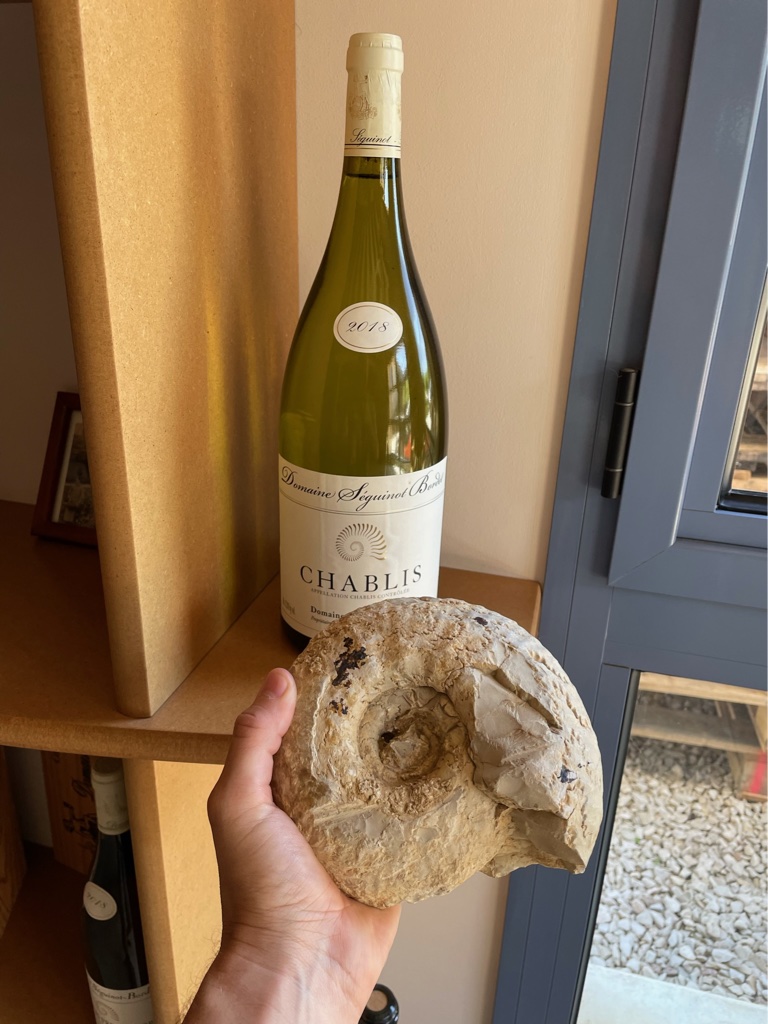
Millions of Years Ago...
The region of Chablis was once covered by ocean. At the end of the Jurassic period, the seas receded. Afterwards, ice age glaciers carved massive valleys into the land. The main wine growing area resembles a star with village of Chablis at the center. The River Serein runs through the middle. Radiating out from the center point are multiple valleys with different slopes and orientations. They encircle the village like the spokes of a wheel.
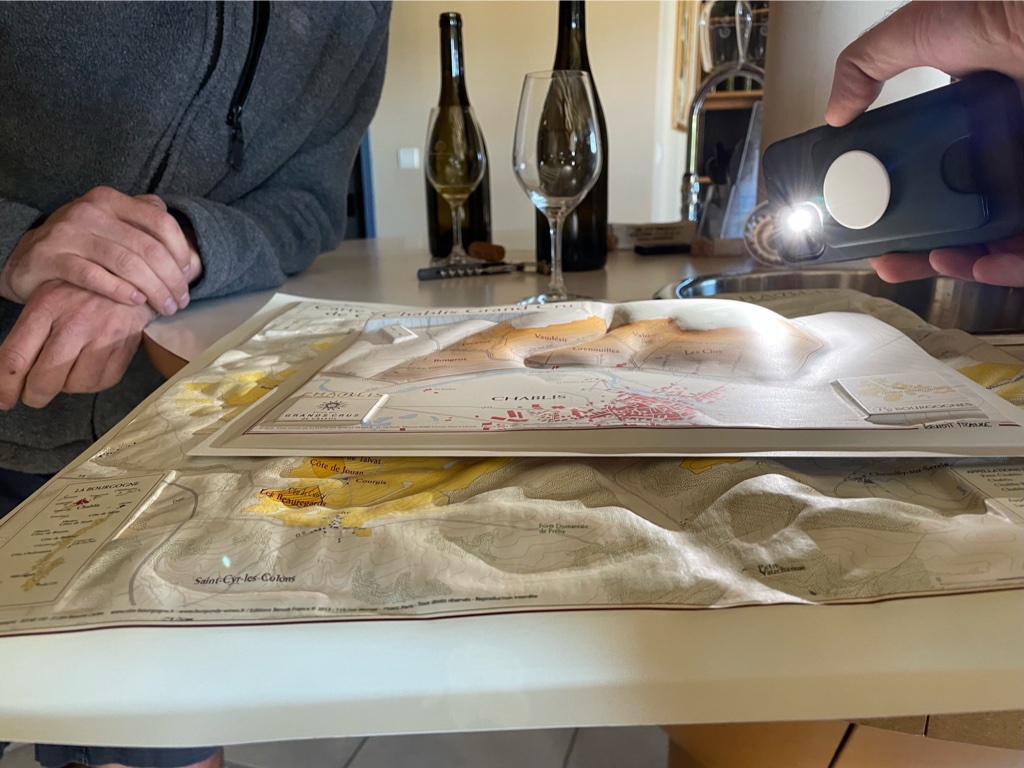
The retreating ocean left behind sedimentary soils embedded with countless marine fossils. There are two major soil types that distinguish the vineyards: Kimmeridgean and Portlandian. Kimmeridgean soils are light in color. They consist of thick clay that is studded with miniature oysters known as “Exogyra Virgula.” The most renowned vineyards are planted on this Kimmeridgean soil: The Grand Cru and Premier Cru vineyards.
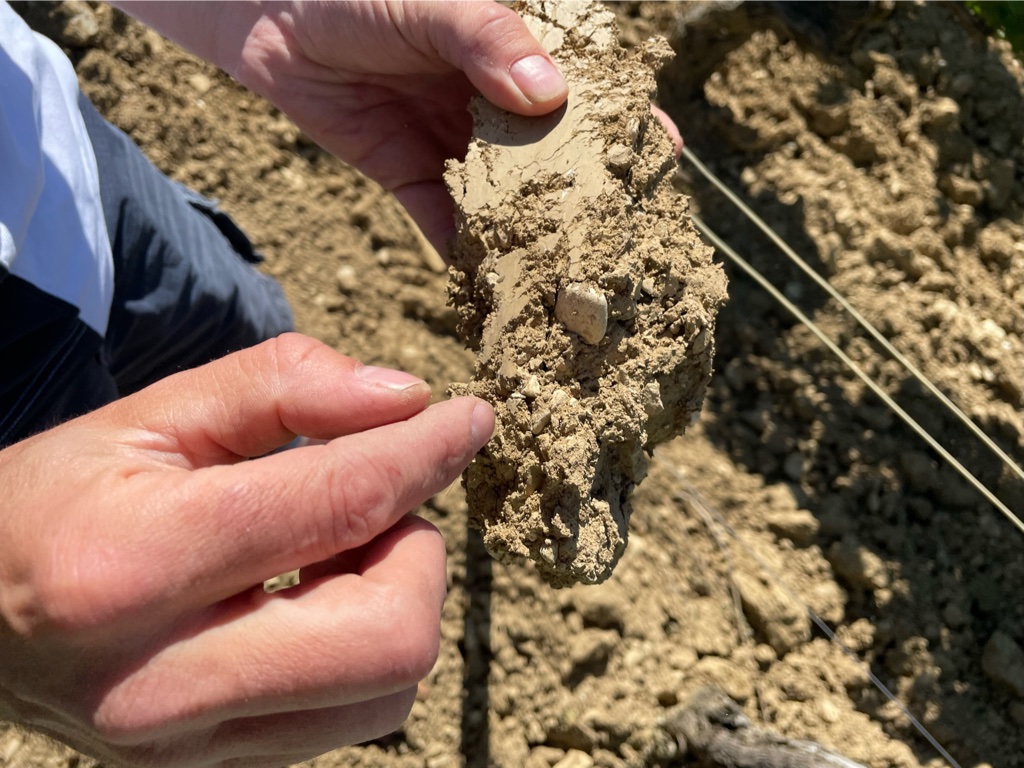
Portlandian soils are reddish brown in color. They are littered with cracked chunks of limestone. The basic “village level” Chablis wines and Petit Chablis are grown on this type of soil. Chablis Village wines come from gently sloping vineyards, whereas Petit Chablis wines come from vineyards on flat terraces. The terraces have looser, finer-grained soils which contribute less structure to the wine. Hence what makes Petit Chablis a light, easy sipper.
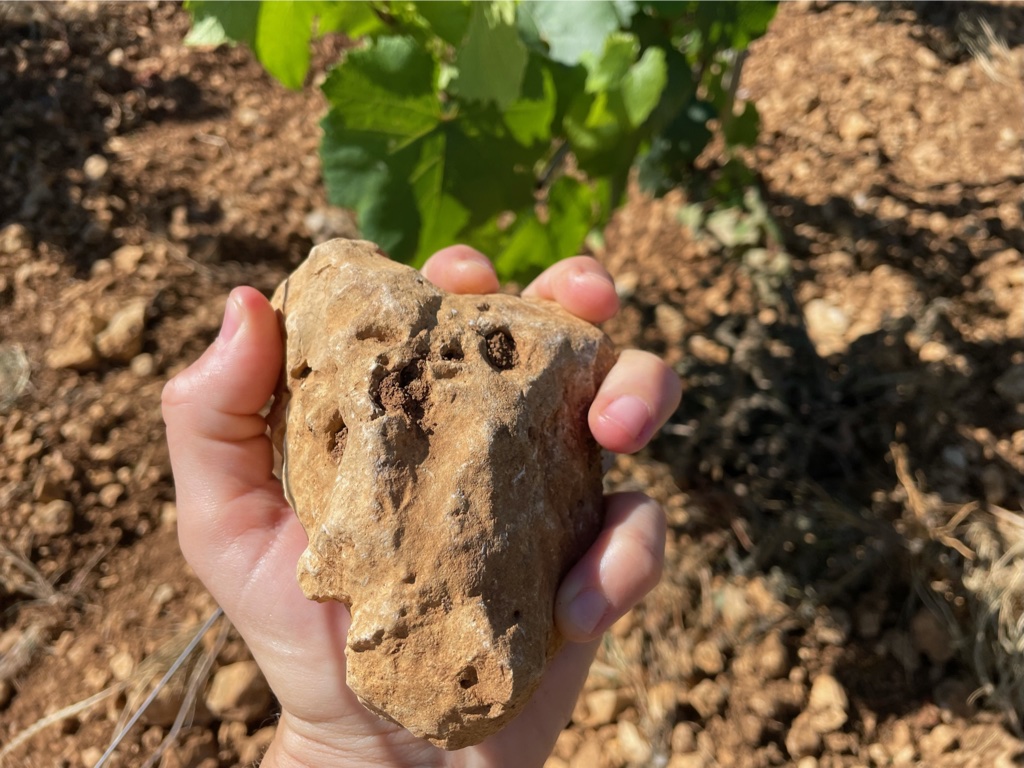

A Climate on the Razor's Edge
At this latitude, frost is a major challenge for grape growers. Spring frost can devastate a harvest by killing young vine shoots and preventing further growth. Early frost can prevent a vine from pollinating and yield no fruit as a result. Late frost can destroy vine leaves and stop some of the fruit from reaching full maturity.
The resourceful vignerons of Chablis have come up with several ways to mitigate Mother Nature’s slings and arrows. Jean-Francois Bordet is the current Vice President of the vigneron’s association in Chablis. He is one of the region’s leaders in frost mitigation strategies. One technique commonly used throughout Chablis is aspersion. Aspersion involves spraying the vines with water as the temperature starts to plummet below freezing. The water eventually freezes over the vines and forms a cocoon of ice. The cloak of ice protects the vine because it remains at freezing temperature – still warmer than the cold air surrounding it.
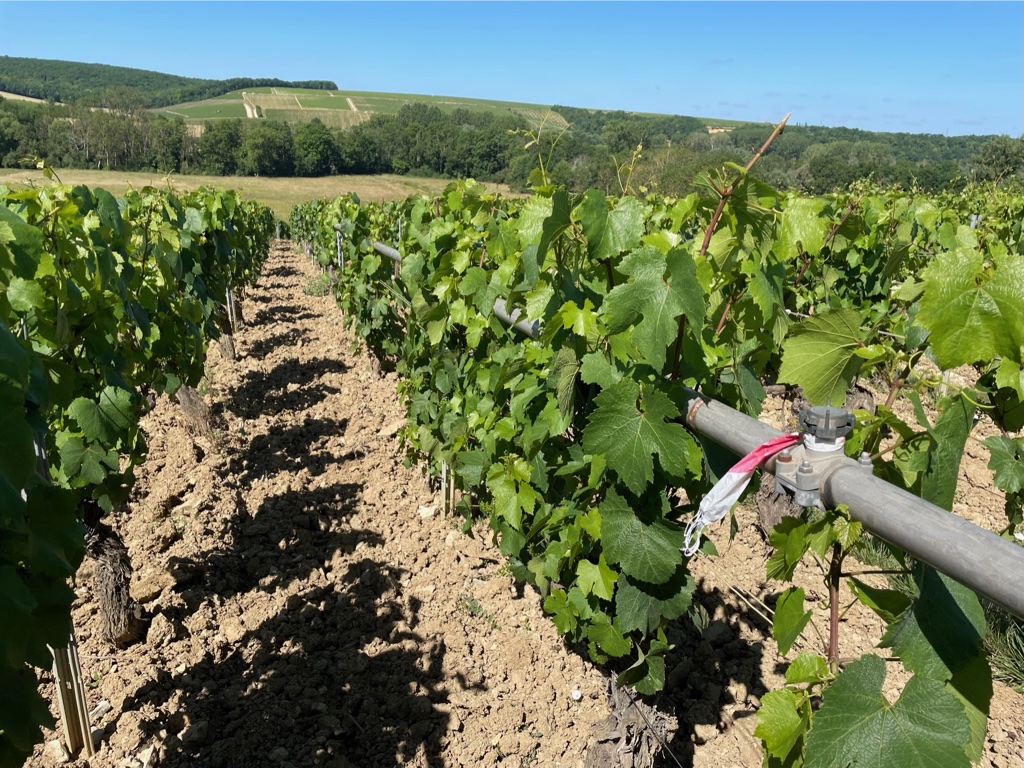
The difficulty with aspersion is that the timing has to be just right. Water sprinklers need to be activated between 0 and 0.5 degrees before freezing. Among the newer techniques being employed is the use of frost machines. Similar to those seen in Napa Valley, California., frost machines are towers equipped with turbines to push cool air away and off of the vineyard.
Electric cables are another effective albeit expensive option to combat frost, according to Jean-Francois. Heating cables can be connected to a nearby power source and then stretched across the length of a vine row. The cables are activated to emit heat and warm the vines just like an outdoor restaurant might turn on heaters to keep guests comfortable on a cold night..
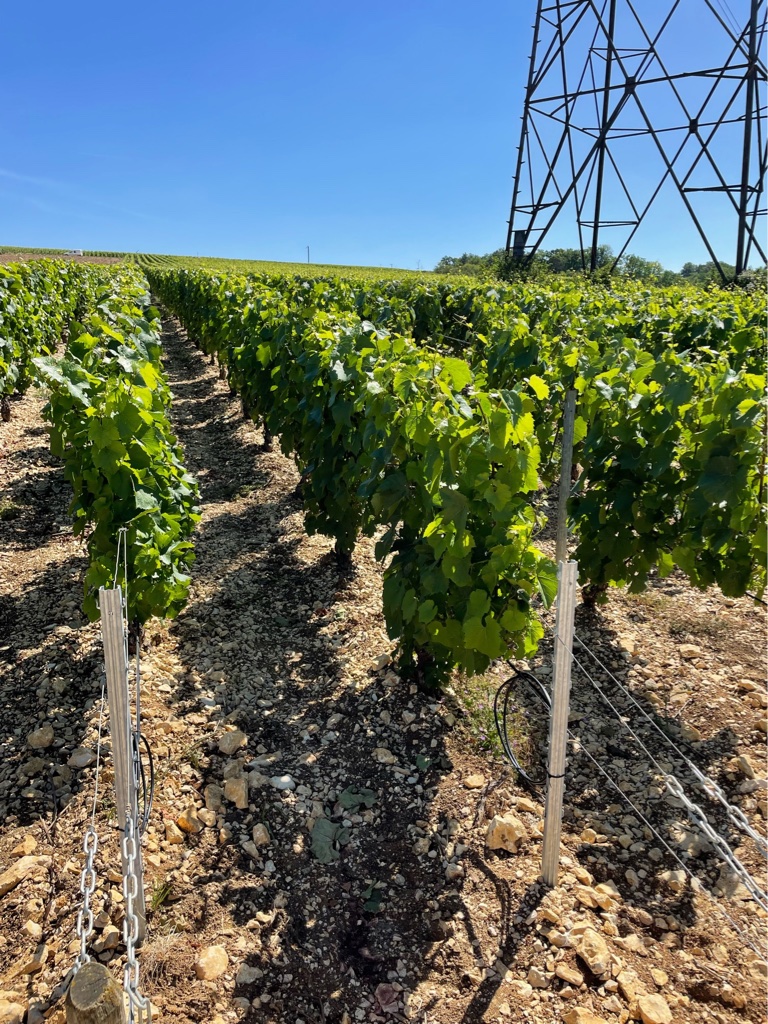
Tasting Jean-Francois’ wines in the cellar at Seguinot-Bordet reveals his meticulous attention to detail. At the winery, the fruit is received and carefully pressed. The juice is fermented in horizontal stainless steel tanks to maximize liquid contact with the “lees” – the spent yeasts. Jean-Francois prefers to use large oak barrels to condition his wines before bottling.

The range of wines at Seguinot-Bordet begins with the easy-drinking Petit Chablis. It is zesty and crisp, suitable as an aperitif or as a terrace wine on a warm summer evening.
One of the most exciting wines of the range is the “Vielles Vignes” Chablis Village. The wine is produced from vines that predate WWI (vines over 100 years old.) This wine has a strong mineral backbone and a harmonious balance. It briskly sweeps across the palate and leaves a faint trace of saltiness. This wine translates the terroir with incredible clarity – displaying “crushed oyster shell” flavors.
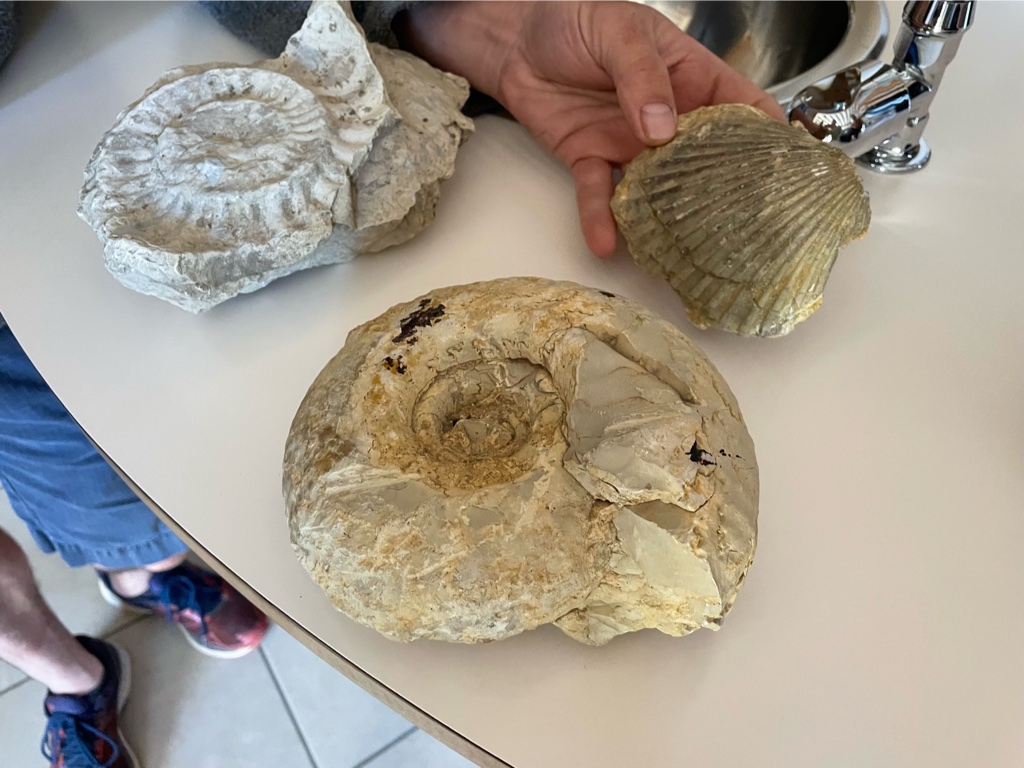
At the high end of the range are the Vaillons and Fourchaume 1er Cru Chablis. The Vaillons vineyard is on the left bank of the River Serein. It receives more of the gentle morning sun. Vaillons is a very complete and collected wine. It has a certain poise and elegance that are worthy of meditation.
Fourchaume in the hands of many producers can produce a bolder, richer style of 1er Cru Chablis. The vineyard is on the right bank of the river – on the same side as the Grand Crus. These south-facing slopes benefit from strong dollops of the afternoon sun. However, the Fourchaume parcel which is owned by Seguinot Bordet is downslope and close to the road. This part of the vineyard stays relatively cool and it is rich with stones and fossils. Comparing wine from the Seguinot-Bordet plot with an example of purchased Fourchaume from another producer shows the difference in style. The Seguinot-Bordet Fourchaume possesses more tension and a stronger flinty- briny-marine character than its counterpart. Nevertheless, all Fourchaume has a depth that suits it to longer aging. A 2006 Fourchaume at lunch proved to be a fine match for suckling pig in sauce with summer vegetables and octopus a la plancha.
Jean Francois also makes a Grand Cru Les Preuses from purchased fruit. Les Preuses may be one of the most underrated Grand Crus, typically drawing less attention than Les Clos, Valmur, or Vaudesir, for example. Either way, Les Preuses often makes a very elegant wine. It shows the “oomph” of a Grand Cru but keeps a gentle creaminess that is very pleasant and versatile with a host of cuisines.
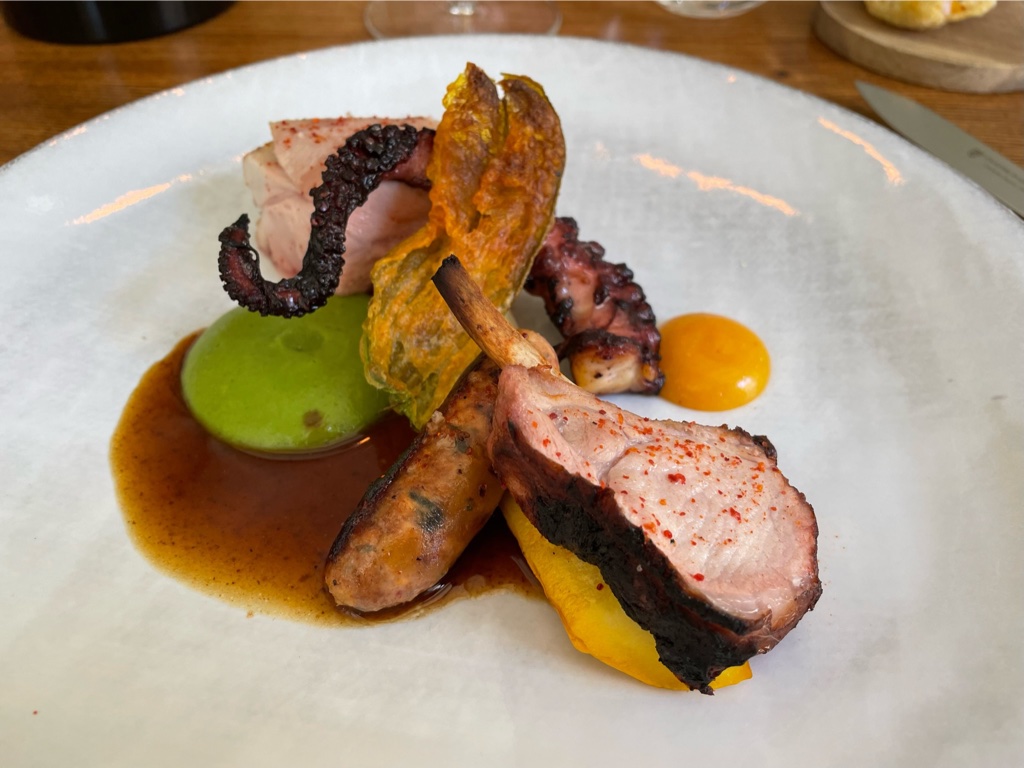
Chablis remains one of the most intriguing wines you can reliably find on wine lists and in wine shops around the world. A good Chablis articulates part of the earth’s deep geological history right in your glass.
